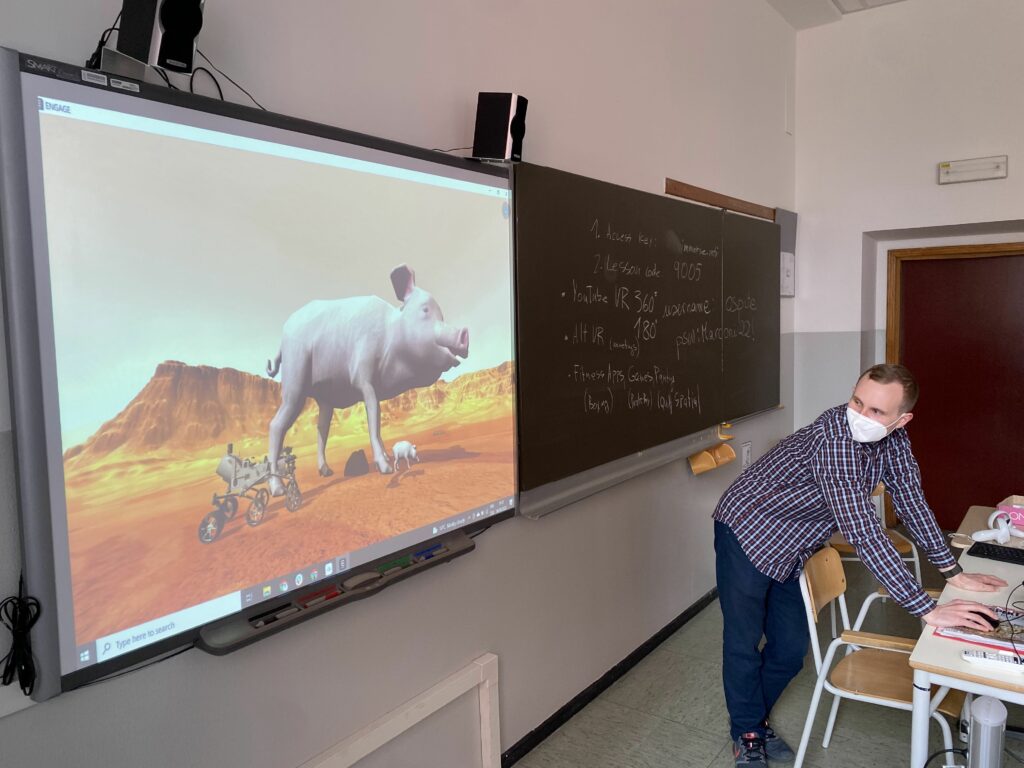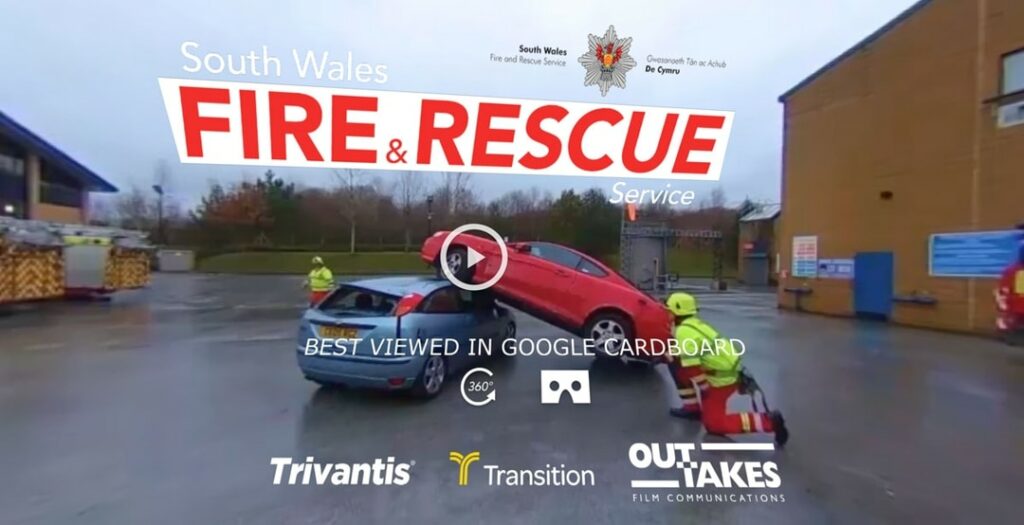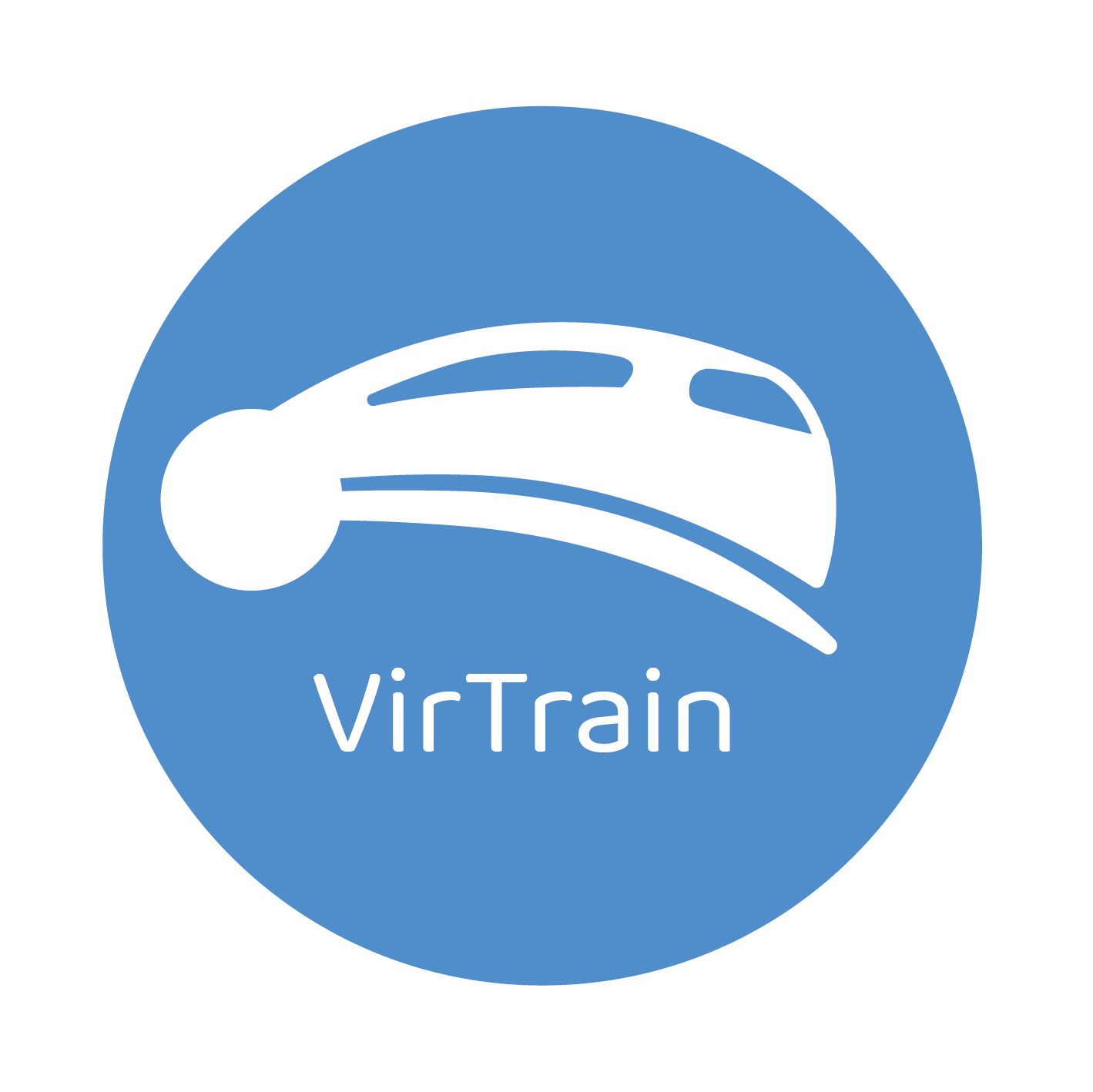The VirTrain project has been a subject to fast changes of the VR EdTech landscape. To keep the pace the project team needs to make amendments to the envisioned structure and content of the project. And quite happily so!

Change of the business model of our main supporting VR App developer
Our supporting partner (immerse.online) has been very supportive and delivered all the agreed licening on their VR application that is purpose-built for language teaching. However in mid-2022 their partnership with Meta entailed a change of business model.
A normal thing to do for a tech start-up company this step means a critical problem for the concept of the Virtrain project and should be taken as a major lesson learned for the team as well as anyone using latest technologies in education.
The answer our team of experts comes up with is to keep the VR methodology independent “above” the ever-changing landscape of solutions, particular applications and virtual environments. The teachers’ role is to remain curious, keep experimenting with new software while keeping the majority of actual in-class activities with students in VR based on well-tried modalities and sustainable platforms.
New modalities – new possibilities: 360°-video-based language training content production
To reflect this critical need that we have discovered with the project unfolding between September 2020 to August 2022 we propose to prolong the project and add the modality of 360°-video-based content for asynchronous and live sessions in VR to cover the synchronous aspect of language teaching (not only) in VET.
Fortunately, over the time of the project realization the advancement in VR-applications development brought solutions that fulfil the needs for both:
New software enables us to produce 360°-video-based scenarios for language teaching that can be stored in an LMS or even downloaded directly on the VR headset. For example Cenario VR, which we will licence for the production of extra Outputs for VirTrain, allows a no-programming production of such learning objects composed of 360°-video sequences.
Watch an example of such an interactive learning experience:


Recent Comments